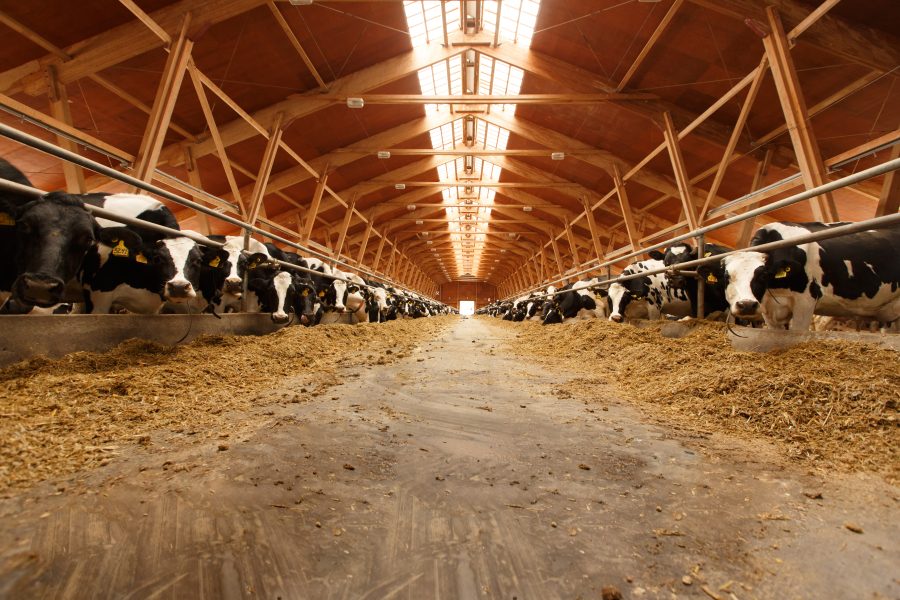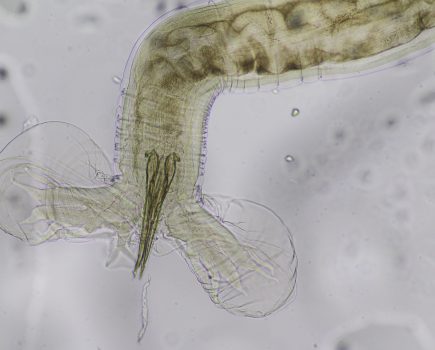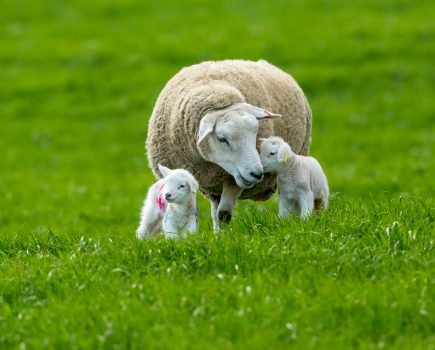By Dr Ami Sawran BVSc CertAVP (CP) PGCertVPS PhD MRCVS, Westpoint Farm Vets
As the weather turns, so too will thoughts of housing. Since this is a standard feature in the farming calendar, it can be easy to take a successful transition for granted. Here are just a few considerations to be made before housing that can help optimise growth and ensure a smooth transition period.
Assess whether cattle housing is fit for purpose
Before housing cattle, it is important to check whether or not buildings are fit for purpose. Housing assessments can be undertaken with your vet or technician team, in good time to make any necessary changes. Checks can include basic structural assessments, as well as other key areas to improve cattle health and maintenance of body condition such as trough space, ventilation, waste management and flooring.
Make sure there is enough water trough and feed space for the number of animals being housed. The amount of space required will depend not only on the number of animals but their size, and whether or not they are being fed ad lib. You can improve feed space with ring-feeders to reduce competition at troughs.
You should check the surface of feed troughs is smooth and clean as this can affect intake. It is also essential to check water troughs are clean, can refill properly (if applicable) and have an adequate flow of water. Check also that there is adequate drainage around them to prevent soaking of any bedding that could lead to lameness or spread of disease.
Ventilation is essential for a successful housing period. Fluctuations in temperature are common in the winter period, and poor airflow reduces an animal’s ability to regulate temperature adequately. Pneumonia is more prevalent in areas with poor or stagnant airflow. If this is something you have encountered on farm before, consider modifying your building’s walls or roof to reduce incidence without medical intervention. Looking back on farm records with your vet can help influence decisions on whether vaccines may also help reduce the incidence of respiratory diseases.
Managing parasites
Gut parasite burdens can grow and be more readily transferred when animals are housed after time at pasture. Lungworm, which requires specific diagnostic testing, is also a potential threat to livestock health and growth. It is also important not to forget lice, which can present as hair loss and itching. Lice are very easily transmitted at housing due to animals rubbing on shared surfaces.
We have had another warm, wet period of weather, which increases the potential risk of internal parasite burdens even in adult animals. Parasite assessment and treatment to clear existing burdens should be undertaken before bringing animals in to ensure that housing is free of contamination. Faecal testing alone can be unreliable in cattle, so it is important to interpret any results alongside a working history of the farm, previous parasite diagnoses and the risk profile of your pasture. Grazing rotations, and whether or not your pastures are conductive to fluke burdens, are all important factors in your parasite management plan.
If you find that treatment is necessary, ensuring that you are using the correct anthelmintic is paramount to prevent parasite populations from developing resistance.
When worming stock make sure:
- animals are weighed, and dosed to the heavier weight (if the weights are similar)
- dosing guns are calibrated to deliver the correct measures
- the product is within date and has been appropriately stored
- the product is being applied correctly (i.e., pour-on or subcutaneous injection)
- that a wormer targeted to the parasites found on your farm, or your risk profile, is used.
Transition the diet
Diet transitions can cause some digestive upset, particularly if changes are swift. Consider the cow’s rumen its own ecosystem, with a microbiome designed to efficiently digest grass over the summer grazing period. A sudden change of diet can upset or even kill ‘good’ bacteria in the gut, leading to poor absorption of nutrients, or in more extreme cases, bloat, acidosis or even death. To avoid acute digestive upset, opt for some long fibre forage and introduce any concentrates gradually over three to four weeks. This will help the gut microbiome adjust and work more efficiently.
This also feeds into considerations around feed space. More dominant animals may take up trough space and effectively gorge on concentrate feeds, so it is important that feed is spread well enough to allow the whole group adequate access to prevent underfeeding of some and overfeeding of others.







